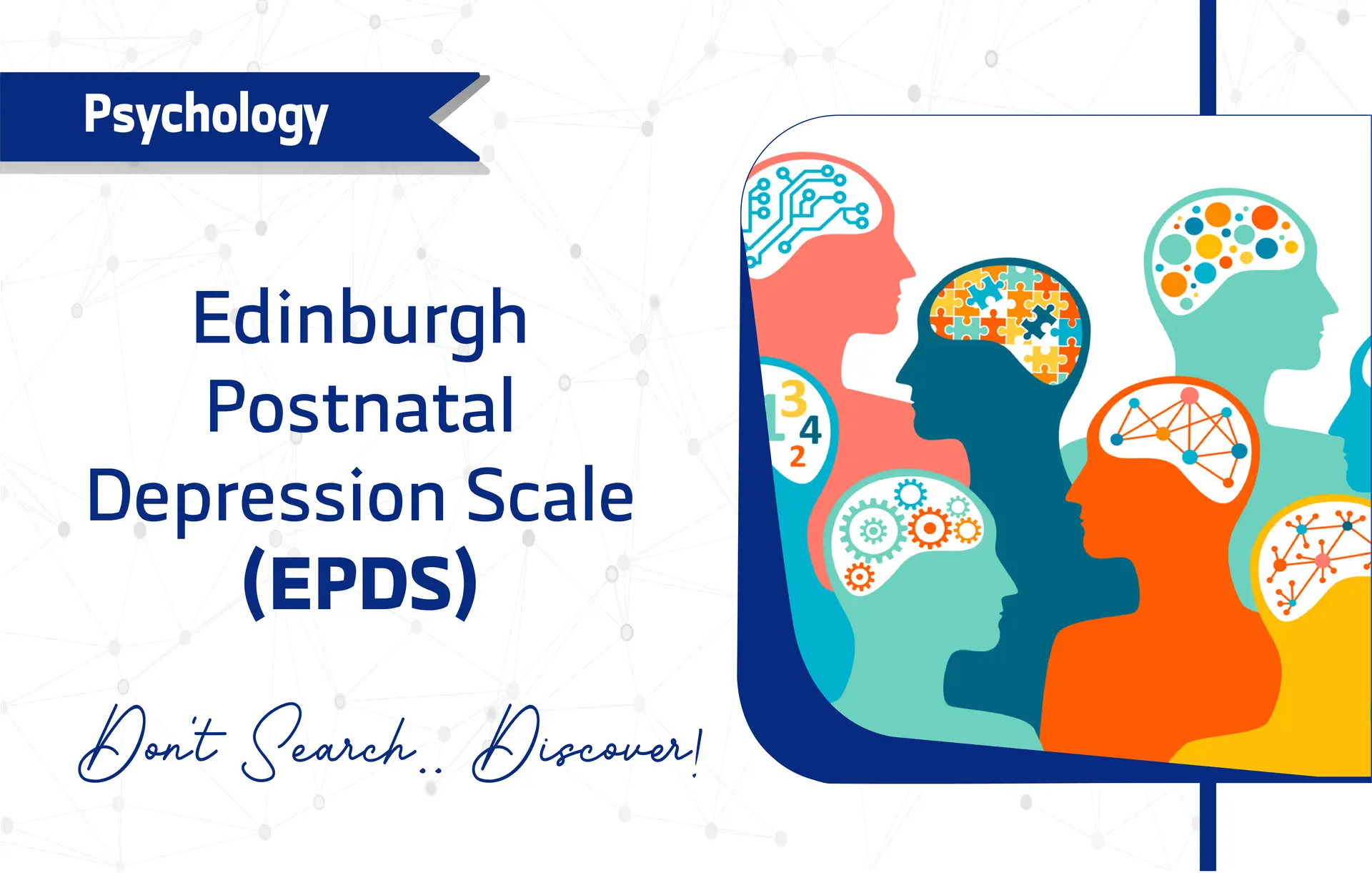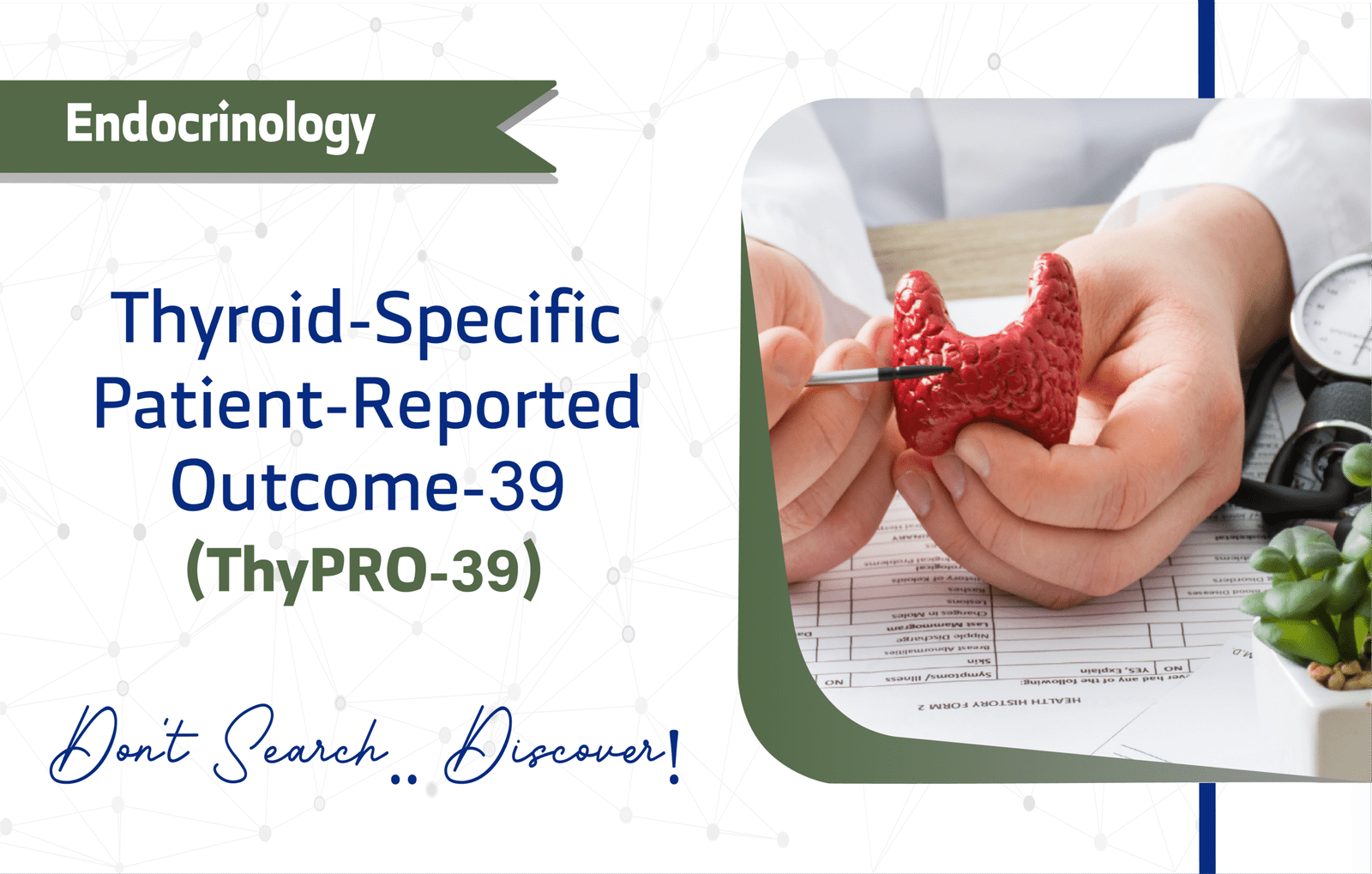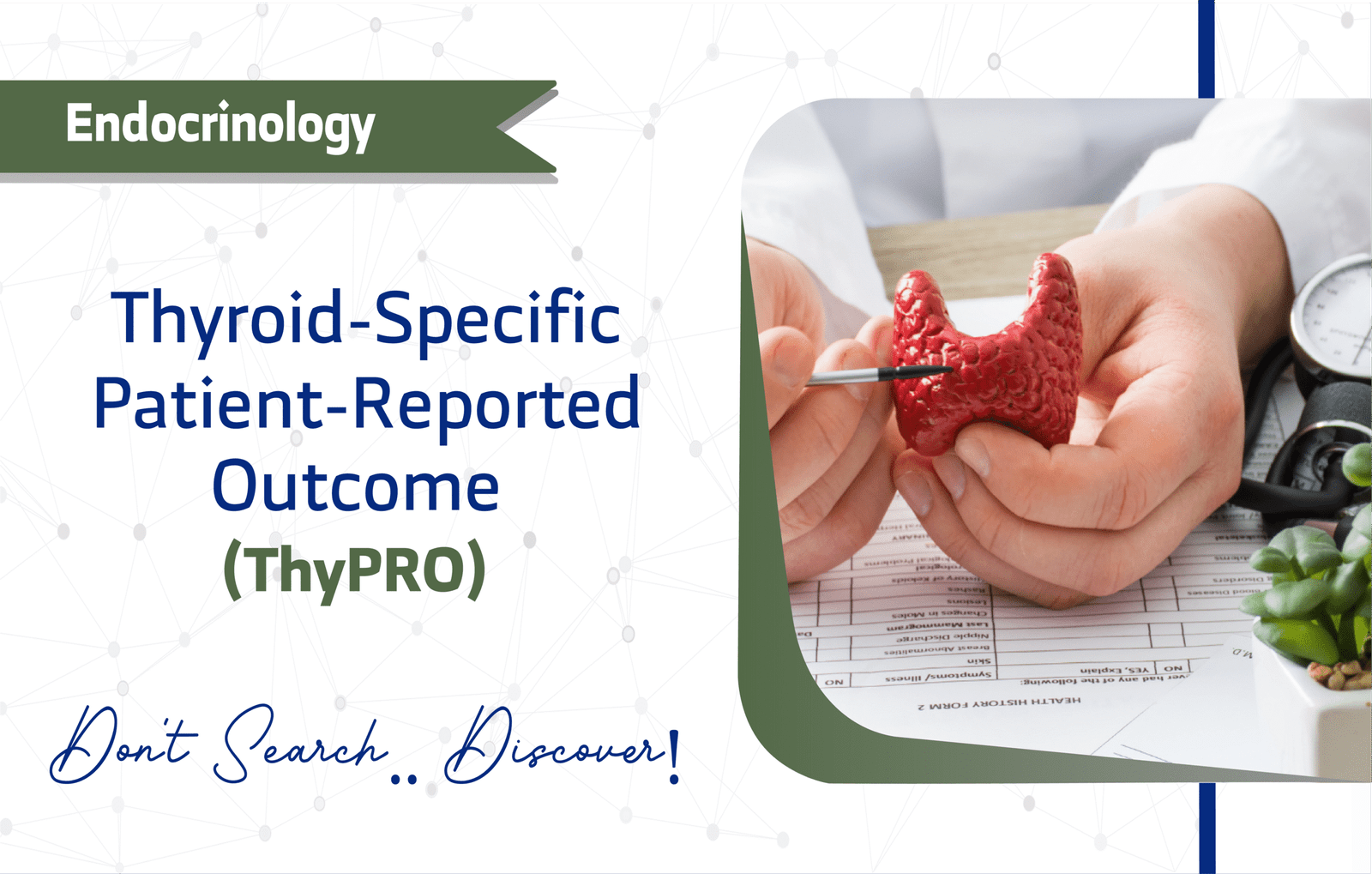Introduction
The Edinburgh Postnatal Depression Scale (EPDS) is a widely utilized self-report questionnaire. It helps identify women potentially suffering from postnatal depression. John Cox, Jeni Holden, and Robert Sagovsky developed and published the EPDS in 1987 in the British Journal of Psychiatry. Since then, it has become an invaluable instrument in both clinical and research settings focused on maternal mental health. Its significance is underscored by over 17,500 citations on Google Scholar, reflecting its extensive adoption and global validation. For instance, its brevity and ease of use make it a practical choice for busy healthcare environments.
This article delves into the EPDS’s features, psychometric properties, applications, and overall value. Consequently, it provides researchers and clinicians with actionable insights for enhancing the screening and management of postnatal depression. Ultimately, understanding the nuances of the EPDS can lead to more effective interventions and improved outcomes for mothers.
Key Features of the Edinburgh Postnatal Depression Scale (EPDS)
The EPDS is recognized for its specific design and utility in maternal mental health. Moreover, its features facilitate efficient screening for postnatal depression.
Purpose and Use of the Edinburgh Postnatal Depression Scale
The primary purpose of the Edinburgh Postnatal Depression Scale (EPDS) is screening mothers for postnatal depression. Clinicians frequently use it to identify women who may require further mental health assessment. Meanwhile, researchers employ it in studies to understand the prevalence and correlates of postpartum mood disorders. Consequently, its focused application makes it a cornerstone in perinatal mental health services.
Target Population
The EPDS primarily targets adult women who are postpartum. This typically includes:
- Young adults (18–24 years).
- Middle-aged adults (25–44 years).
- Older adults (45–64 years) who have recently given birth.
While it is specifically for postnatal women, its utility spans various demographics within this group.
Structure of the Edinburgh Postnatal Depression Scale
The EPDS consists of 10 questions, each assessing different aspects of:
- Mood and emotional well-being
- Anxiety
- Guilt
- suicidal thoughts.
The response type is a Likert scale for each item. This structure allows for a nuanced yet quick assessment. The questionnaire falls under the domain of mental health, with a specific sub-domain of postnatal depression.
Scoring Method
The EPDS employs a Likert scale for its 10 items. Each response is scored on a 4-point scale (0-3), and the total score can range from 0 to 30. Furthermore, established cut-off scores aid in interpretation:
- A score of ≥13 suggests a likely major depression.
- A score between 10–12 indicates possible minor depression.
- A score <10 suggests that depression is unlikely.
It is important to note that cut-offs may vary by population, and some studies suggest ≥9 or ≥10 for screening purposes. Clinicians should always consider these scores in conjunction with a clinical interview.
Administration Format and Time of the Edinburgh Postnatal Depression Scale
Administering the EPDS is straightforward and efficient. Patients typically complete the questionnaire in 5-10 minutes, making it feasible for busy clinical settings. The EPDS can be administered in various formats, including:
- paper-based.
- Digital (online).
- In-person interviews.
There’s no need for special training it can be self-administered.
Applications of the Edinburgh Postnatal Depression Scale
The EPDS offers considerable clinical utility in the field of maternal health. Its applications are diverse, aiding both individual patient care and broader research initiatives.
- Screening: it identifies mothers at risk of postnatal depression, enabling early intervention.
- Monitoring: the tool tracks changes in mental health over time, particularly in response to treatments.
Languages and Availability
To support its global application in diverse populations, the EPDS has been translated into numerous languages. These include:
- Arabic
- English
- Mandarin Chinese
- Spanish
- French
Therefore, this multilingual availability significantly enhances its utility in international research and multicultural clinical settings.
Reliability and Validity
The EPDS is recognized as a highly reliable and valid instrument for screening postnatal depression. Indeed, studies have demonstrated its robust psychometric properties across various cultural contexts. The scale has a reported Cronbach’s alpha of 0.87, indicating good internal consistency. The original validation study by Cox et al. (1987) provides foundational evidence for its utility. Consequently, its strong validation supports its widespread use by researchers and healthcare professionals.
Limitations and Considerations
Despite its strengths, the EPDS has a few limitations:
- Self-report measure: Responses can be influenced by the mother’s current emotional state or perceived social desirability.
- Cultural Bias: Although translated widely, cultural nuances might affect how questions are interpreted and answered in some populations.
Other Versions of Edinburgh Postnatal Depression Scale
Besides the standard 10-item EPDS, other versions or adaptations have been developed to suit specific needs or research questions. These include the EPDS-3A and EPDS-7. Researchers should consider the specific context and goals when choosing a version.
Additional Resources
- Original Validation Study: Study link
- ACCESS (EPDS): EPDS PDF.
- For Inquiries: for questions regarding the scale or its use, general inquiries can be directed to the publisher, the British Journal of Psychiatry, or by contacting their permissions department at permissions@rcpsych.ac.uk.
- Further validation studies:
- Italian version: study link.
- Spanish version: study link.
- Iranian version: study link.
- Australian version: study link.
- Swedish version: study link.
- Greek version: study link.
- Arabic version: study link.
Frequently Asked Questions (FAQ)
- Who can use the EPDS?
Clinicians, researchers, and healthcare providers utilize the EPDS for adult women (typically 18+ years) during the postnatal period to screen for depression. - How long does it take to complete the EPDS?
Patients generally complete the EPDS in 5 to 10 minutes, which makes it highly suitable for integration into routine postnatal check-ups. - How is the EPDS administered?
Healthcare teams can administer the EPDS using paper-based forms, digital online versions, or via in-person interviews, allowing for flexible application. - Is there any cost to using the EPDS?
The EPDS is generally free for use and is considered an open-access tool. However, for specific uses or reproductions, it’s always good practice to check with the original publisher, the British Journal of Psychiatry, or contact permissions@rcpsych.ac.uk.
A word from ResRef about the Edinburgh Postnatal Depression Scale (EPDS)
The EPDS stands as a gold-standard tool for screening postnatal depression, effectively balancing simplicity and effectiveness. Whether you are a researcher investigating maternal mental health trends or a clinician dedicated to improving patient care, the EPDS provides crucial insights into a mother’s well-being. Consequently, its proper application can lead to earlier identification, better-informed intervention decisions, and ultimately, improved maternal health outcomes. We encourage you to explore the resources below and consider sharing this comprehensive guide with colleagues who may benefit.
References
- Cox, J. L., Holden, J. M., & Sagovsky, R. (1987). Detection of postnatal depression: Development of the 10-item Edinburgh Postnatal Depression Scale. The British Journal of Psychiatry, 150(6), 782–786.link
- Benvenuti, P., Ferrara, M., Niccolai, C., Valoriani, V., & Cox, J. L. (1999). The Edinburgh Postnatal Depression Scale: validation for an Italian sample. Journal of Affective Disorders, 53(2), 137-141. link
- Garcia-EsteveL., Ascaso, C., Ojuel, J., & Navarro, P. (2003). Validation of the Edinburgh Postnatal Depression Scale (EPDS) in Spanish mothers. Journal of Affective Disorders, 75(1), 71–76. link
- Montazeri, A., Torkan, B., & Omidvari, S. (2007). The Edinburgh Postnatal Depression Scale (EPDS): translation and validation study of the Iranian version. BMC Psychiatry, 7(1). link
- Boyce, P., Stubbs, J., & Todd, A. (1993). The Edinburgh Postnatal Depression Scale: Validation for an Australian Sample. Australian & New Zealand Journal of Psychiatry, 27(3), 47 link
- Rubertsson, C., Börjesson, K., Berglund, A., Josefsson, A., & Sydsjö, G. (2011). The Swedish validation of Edinburgh Postnatal Depression Scale (EPDS) during pregnancy. Nordic Journal of Psychiatry, 65(6), 414–418. link
- Vivilaki, V. G., Dafermos, V., Kogevinas, M., Bitsios, P., & Lionis, C. (2009). The Edinburgh Postnatal Depression Scale: translation and validation for a Greek sample. BMC Public Health, 9(1).link
- Ghubash, R., Abou-Saleh, M. T., & Daradkeh, T. K. (1997). The validity of the Arabic Edinburgh Postnatal Depression Scale. Social Psychiatry and Psychiatric Epidemiology, 32(8), 474–476. link









1 thought on “Edinburgh Postnatal Depression Scale (EPDS): A Comprehensive Guide for Researchers and Clinicians”
I’ll definitely be recommending this resource to my classmates.